Interview Patrick Kasingsing
Images Fabrice Fouillet
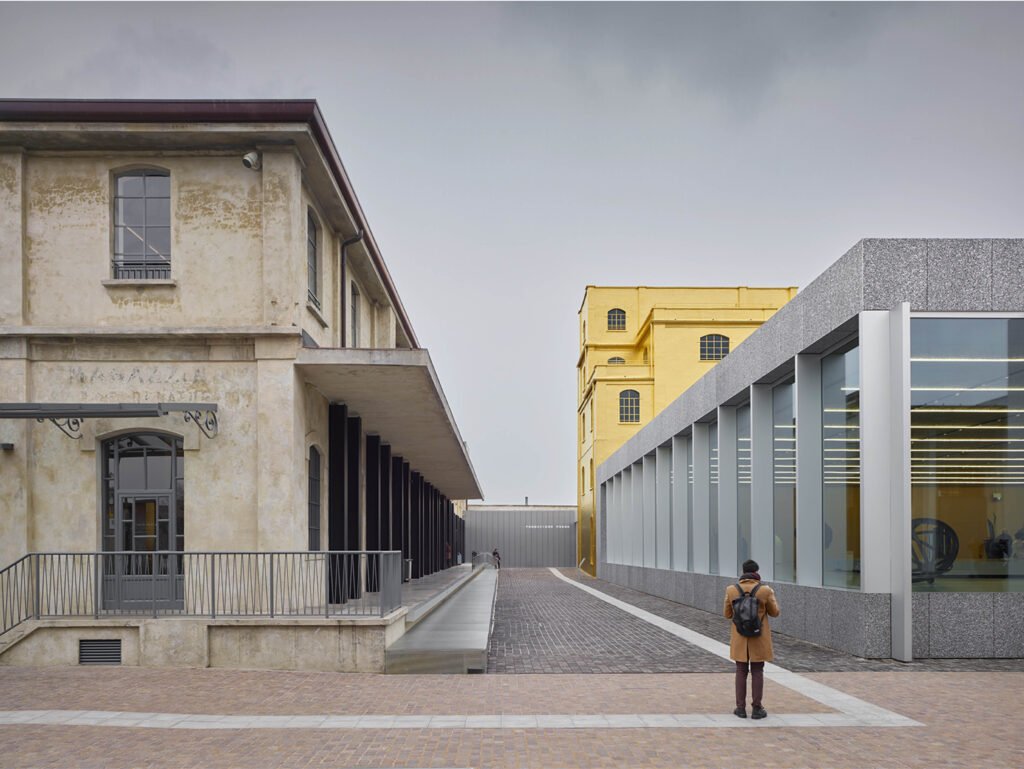

Welcome to Kanto! Kindly introduce yourself.
Hello, I am Fabrice Fouillet, a Parisian kidnapped by photography 20 years ago and still held captive by it.
What sparked your interest in the photography of architecture? When, and how did this fascination with buildings start?
As a still-life photographer, I’ve always felt a sort of pull towards architecture, an unconscious interest at first, which eventually turned to a full-fledged passion. It was in 2008 when my curiosity for sacred imagery drove me to visit some modern churches in Europe. While far from being religious, I was very impressed by the interiors of some churches that it pushed me to think about working on a photographic project around the architecture of modern sacred spaces. This eventually solidified into the ‘Corpus Christi’ project, which I believe is the true catalyst for my fascination with architecture.
You also studied sociology and ethnology before deciding to pursue studies in photography. Did the two former fields you took up influence your decision to practice photography?
I knew I wanted to be a photographer even before going to university for sociology and ethnology. These two fields actually informed two of my personal projects. I’ve always wanted to explore the notion of symbols and cultural identity, as I did with my ‘Colosses’ series. Meanwhile, ‘Eurasisme’ is a project focused on the city of Astana, the new capital of Kazakhstan. The subject is more architectural in nature and is an exploration of how the arrival of new architecture affects the city in the social and economic context.
You specialize in still-life photography. What about this genre attracts you, and what challenges does it bring that fuel you to explore such a genre even more?
I like the rigor, the precision required, and the reflection involved in the slow and sometimes tedious process of still-life photography. It sits well with my personality. My work now focuses more on architecture as subject, but I practice the same rigor and treatment as when I’m working on my still-life projects. These two genres aren’t so far apart, and it’s just a difference in scale. I find the idea of going from the very small to the very big quite interesting and challenging.
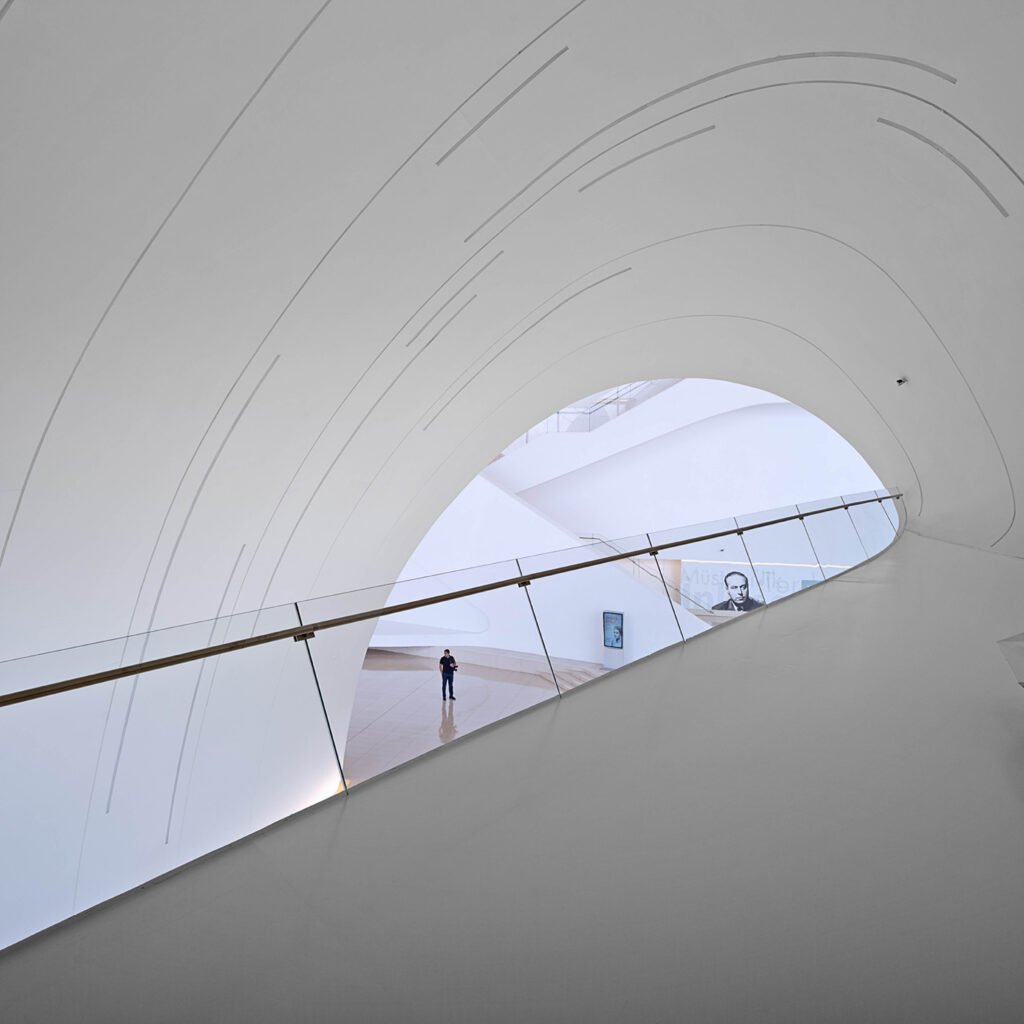



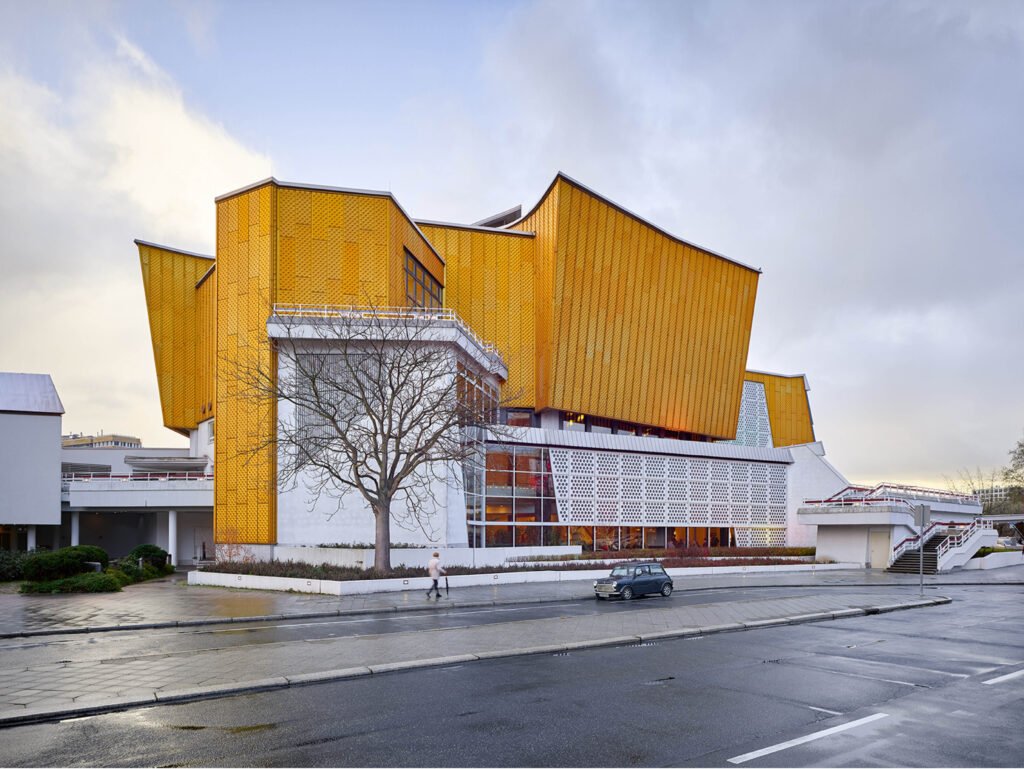

You won the 2013 Sony Awards for your beautiful work on church interiors in the ‘Corpus Christi’ series. What insights did you pick up from this project?
As mentioned, the series was inspired by a growing curiosity for religious iconography, of how modern church architecture in its starkness and minimalism can still serve as aesthetic interpellations of Catholicism and its tradition of strong and ornate imagery. I am intrigued with the codified, mystic beauty of modern church architecture examples in my photo series, in that its beauty and poignancy are still respectful of church liturgy, despite the modernity and evolution of forms. ‘Corpus Christi’ aims to show how modern church architecture is an evolved and timely expression of sanctity, and is as much a celebration of divinity as the church styles that preceded it. I also wanted to show how architecture could influence the liturgy, and the religious sentiments of the faithful.
What is the greatest challenge you face whenever you set out to shoot architecture? How do you deal with such challenges?
A commissioned work always brings the obligation of perfect results whatever the conditions you’ll find on location. This is already a challenge, but one that I always find great pleasure in. The greatest challenge is dealing with “out of control elements” like the weather, which determines the lighting conditions. Not knowing what to expect forces one to adapt. The location of the building itself and the surrounding environment can also be more or less difficult to deal with. I usually don’t start shooting right away and take my time to soak up the place and explore.


Dyeji Building by Costalopes Architects, Luanda, Angola 
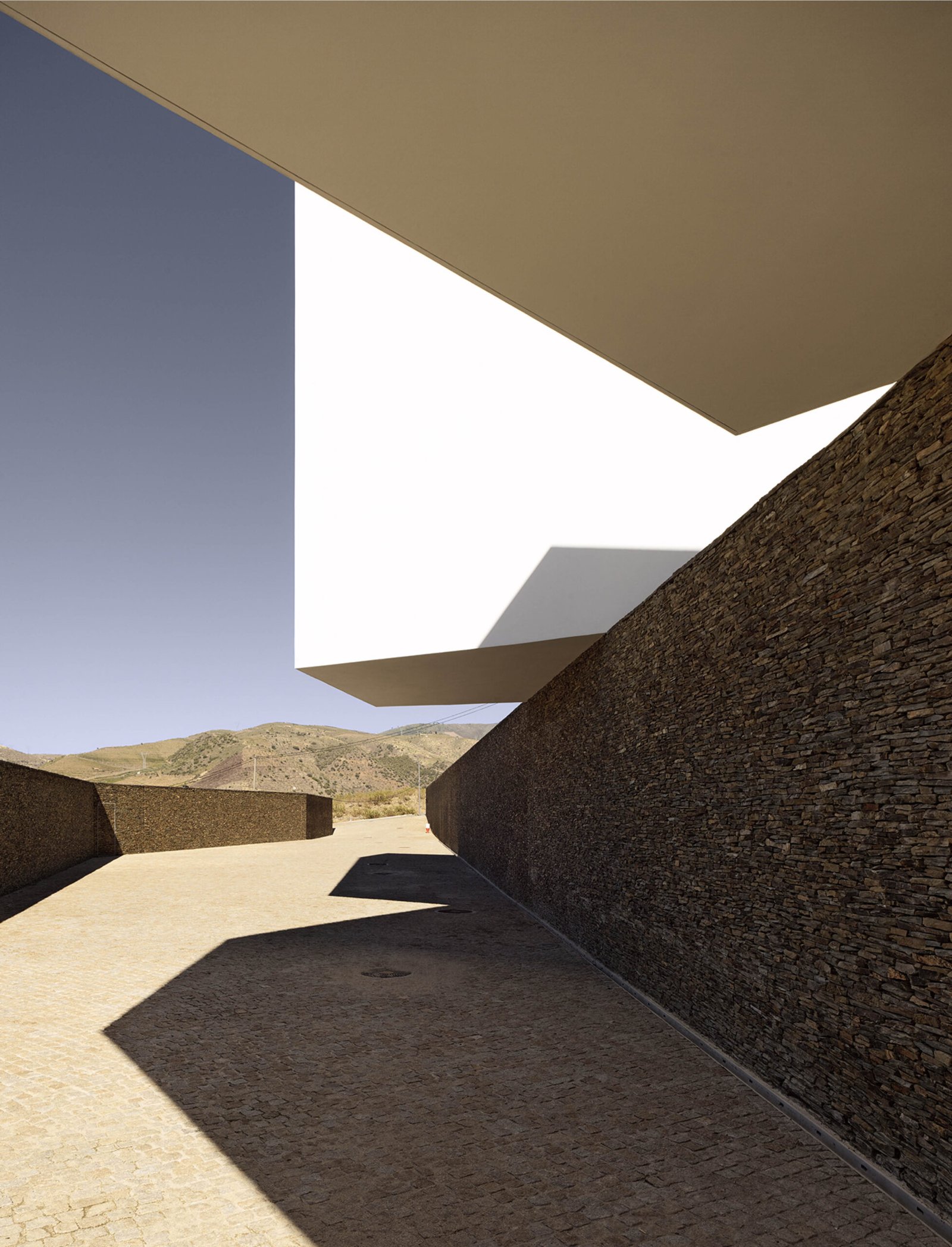
Center for High Yield by Alvaro Andrade, Vila Nova de Foz Côa, Portugal
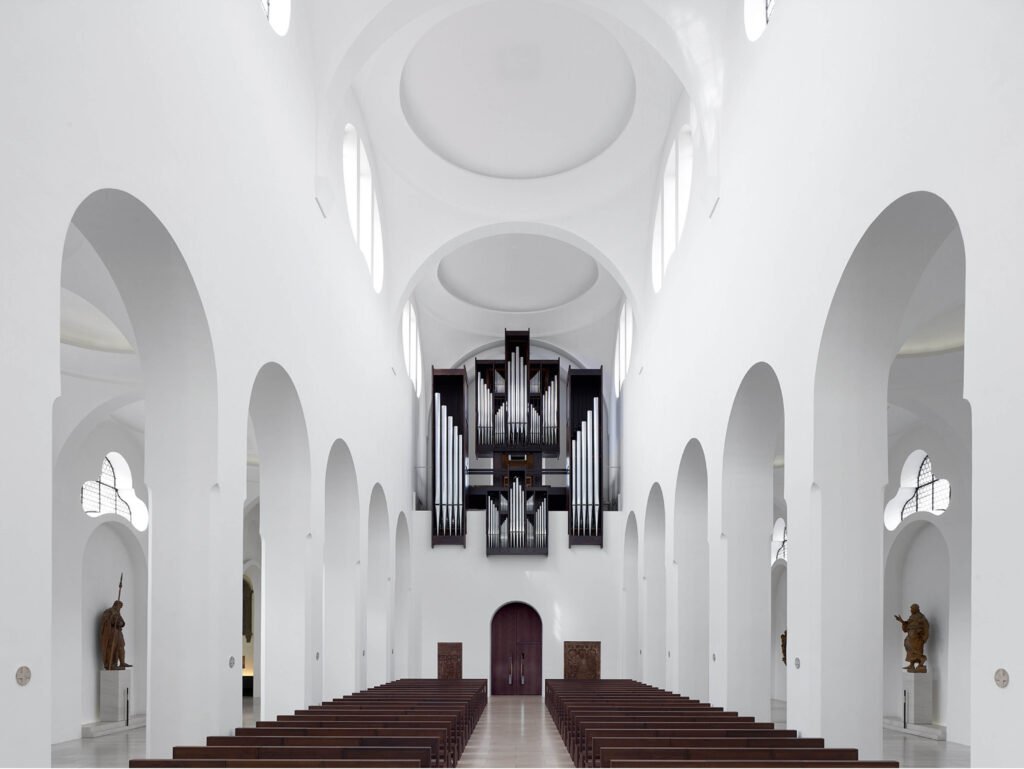

What is your imaging device choice?
I use a tilt-shift Alpha camera along with its range of lenses. It is perfect for architecture and landscapes, as well as shooting in film or in digital.
How do you think can architectural photography help contribute or effect change in the profession of Architecture?
I personally believe that it can be a bit pretentious to assume that my field of work can provoke change in the architectural profession. Architects know their projects better than anyone else, having worked on them for months and years at a time, and the photography and visual documentation stage usually comes after the end of construction. That said, what I do think architectural photography can offer architects is a rediscovery of their creation from another artistic viewpoint, which invites reflection.
To follow, how can architectural photography contribute to making the world a better place to live in?
Photography is a medium, a tool, and a witness of a subjective reality. I believe the change has to start with architecture itself. Sustainable developments and prioritizing effects on ecology should be taken into account when designing architecture.
Aside from the photography of architecture, do you engage in other hobbies or interests?
I am fascinated by art, especially paintings and drawings. I love making visits to the museum. Cinema is also an important part of my life. I dabble into sports by practicing badminton as often as possible, and I love to swim. •
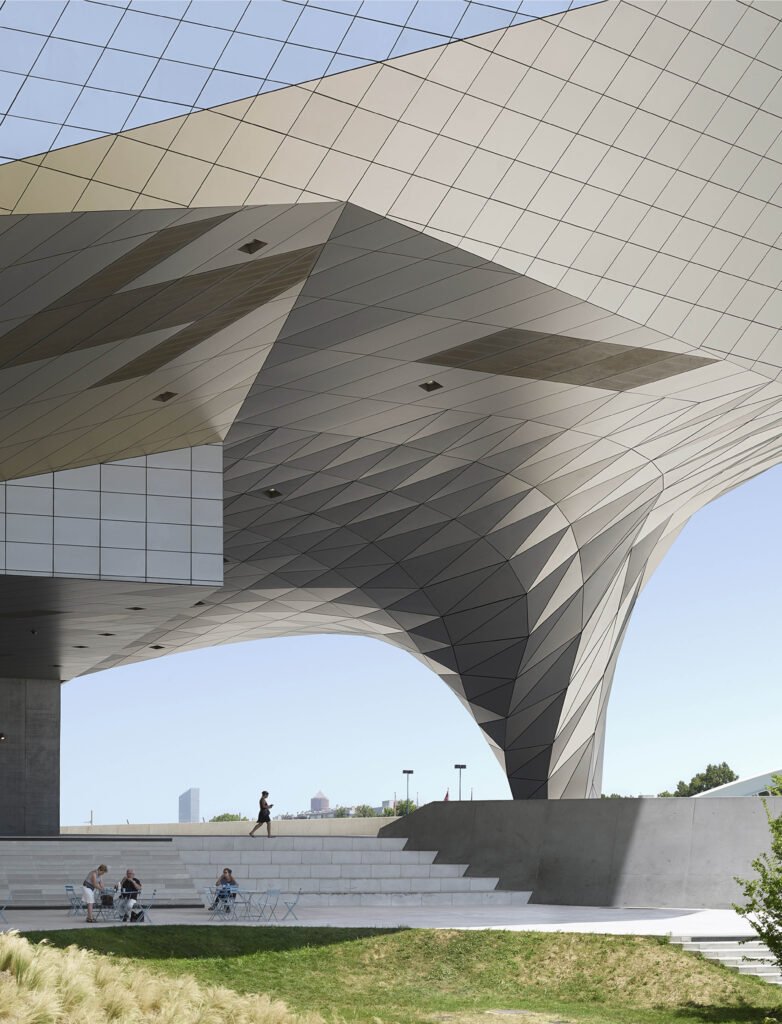

The story first appeared in the Optimism issue, released in 2017

